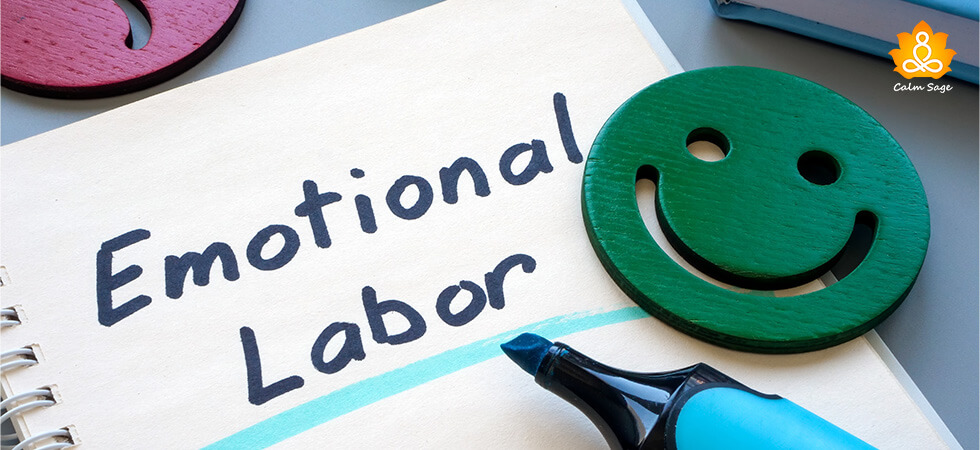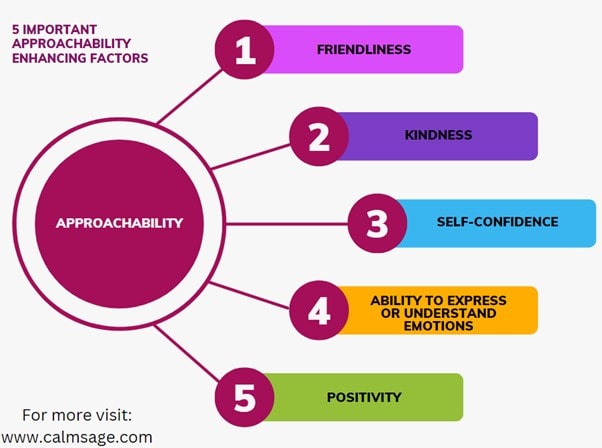Late to Bed, Late to Rise: Could It Be Delayed Sleep Phase Syndrome?
Late nights haven’t been new to me. When I’m studying for my tests or binge-watching the new K-drama, there have been nights when I went to sleep later than usual. But if delayed sleep is a common occurrence for you, then it could be more than just being a night owl. If you find yourself lying wide awake at night when the world is sleeping, then you might be a member of the exclusive club of Delayed Sleep Phase Syndrome (DSPS).
This circadian rhythm sleep disorder is not just about preferring night to daytime, it’s a biological issue that throws your internal clock in disarray. If you have this sleep disorder, then you find it hard to go to sleep at an acceptable bedtime, meaning that your sleep is delayed by at least two hours. This sleep delay can also cause a delay in waking up, further disrupting your daily routine.
While delayed sleep phase syndrome is a common sleep disorder, it can mostly affect teens and younger adults. So, do you have DSPS? Or are you just a night owl? Let’s look at the symptoms of DSPS and how you can cure it!
Delayed Sleep Phase Syndrome Symptoms to Watch Out

Now, while the world is tucked in and enjoying a peaceful slumber, you’re counting sheep wide awake. This is the hallmark symptom of DSPS. If you have the delayed sleep phase syndrome, then you may experience a persistent delay in your sleep-wake cycle. You struggle to fall asleep at a reasonable hour and do not wake up until the late hours of the morning.
It’s not all about the timing, either. The delayed sleep phase syndrome comes with other symptoms as well, such as excessive daytime fatigue, irritability, and trouble waking up. Other delayed sleep phase syndrome symptoms can include;
What Causes Delayed Sleep Phase Syndrome?
Diving into the causes of DSPS, it can be safe to say that not one factor can be pinpointed. Researchers believe that a combo of genetics and an imbalance in the internal body clock can cause delayed sleep phase syndrome.
Other causes of delayed sleep phase syndrome can include;
1. Hormonal changes
During hormonal development, our body’s sleep cycle becomes longer, meaning later sleep-wake time. Teens experience DSPS more as they struggle most with hormonal imbalances and changes.
2. Psychological disorders
Delayed sleep phase syndrome can also be triggered by psychological conditions such as depression, anxiety, ADHD, and even obsessive-compulsive disorder (OCD).
3. Sleep disorders
Delayed sleep phase syndrome affects a lot of people, especially those already struggling with chronic insomnia.
4. Poor sleep routine
If you have poor sleep hygiene or routine, then you may struggle with DSPS too. Not getting enough light exposure, not having a proper sleep environment, and poor bedtime rituals can all contribute to delayed sleep phase syndrome.
Night Owl vs. DSPS: Is There a Difference?

On the surface, delayed sleep phase syndrome might look a lot like night owl syndrome, but these two conditions are not the same. Night owls simply have a preference for staying up late but can easily adapt to a regular sleep schedule if needed, but with DSPS it’s not as simple as that.
The main difference between DSPS and being a night owl is that people with delayed sleep phase syndrome cannot reset their internal clocks. Night owls can easily reset their circadian rhythm, but it’s not easy for people with DSPS. At least, not without professional intervention.
Can DSPS Be Diagnosed?
More often than not, delayed sleep phase syndrome is misdiagnosed as depression and in other cases, as insomnia. If you feel that you or a loved one shows symptoms of DSPS, then reach out to a sleep specialist.
Can Delayed Sleep Phase Syndrome Be Cured?
Now that you’ve identified the symptoms of delayed sleep phase disorder in you, it’s time to look at the ways you can treat DSPS. Delayed sleep phase syndrome treatment options can include;
1. Light Therapy
This therapy includes the use of light boxes or SAD lamps to help reset your internal clock. These lamps can work well when you don’t get enough sunlight during the day. Insufficient natural light can disrupt the production of melatonin, the sleep hormone that regulates your circadian rhythm. These light therapy boxes can help fix that.
2. Chronotherapy:
You can also opt for chronotherapy where you gradually adjust your sleep-wake times by going to bed and waking up slightly later each day until you reach your desired bedtime and wake-up time. This is a good way to naturally adjust your body’s circadian rhythm without truly disrupting your sleep quality.
3. Cognitive-Behavioral Therapy
CBT techniques can also help you improve your sleep habits and reset your internal body clock. Your therapist can offer strategies that can help reframe your thoughts and behaviors and help your mind adjust to the idea of proper sleep.
4. Medications:
In some cases where therapies might not work, your doctor may prescribe medications such as melatonin supplements or other sleep medications to help you regulate your sleep patterns. It is recommended that you speak with your doctor before taking any medications and only take prescribed medications.
Living With Delayed Sleep Phase Syndrome: Coping Tips
Living with delayed sleep phase syndrome might not be easy, so I have some coping tips for you;
- Use your nighttime energy for things that can help you improve your sleep and mindset. Write in a journal, paint, or try stargazing. Use the delayed sleep time to do something you enjoy.
- Make your bedroom sleep-friendly by adding blackout curtains, noise-canceling headphones, and a comfortable mattress so that you can have a restful sleep.
- Try to maintain a constant sleep schedule, even on weekends, to help regulate your internal clock. This will help signal your body constantly that there is a regular sleep schedule it needs to follow.
Wrapping Up…
When it comes to sleep disorders, delayed sleep phase syndrome is a unique one. While it may make you feel like a night owl, it’s important to know that there’s a difference between being a night owl and having DSPS. Sleeping late and waking late is not wrong, but when it disrupts your life and relationships, then it’s recommended that you seek professional help and get the right treatment.
Whether you’re a night owl by choice or by a circadian rhythm sleep disorder such as delayed sleep phase disorder, learn to embrace your sleep patterns and make the most of the time you get on your hands at night. Just remember to be patient as you work on resetting your sleep schedule.



